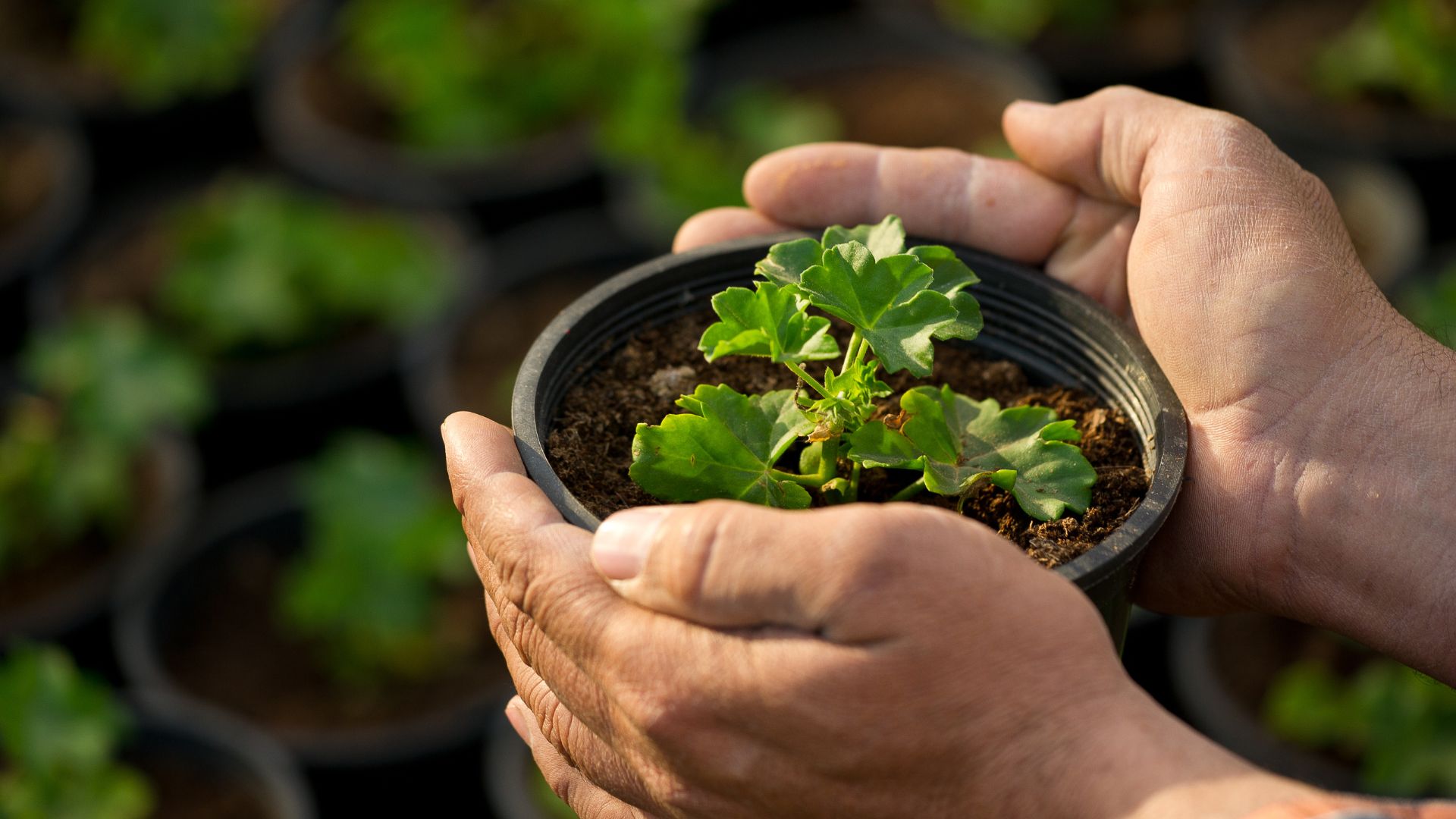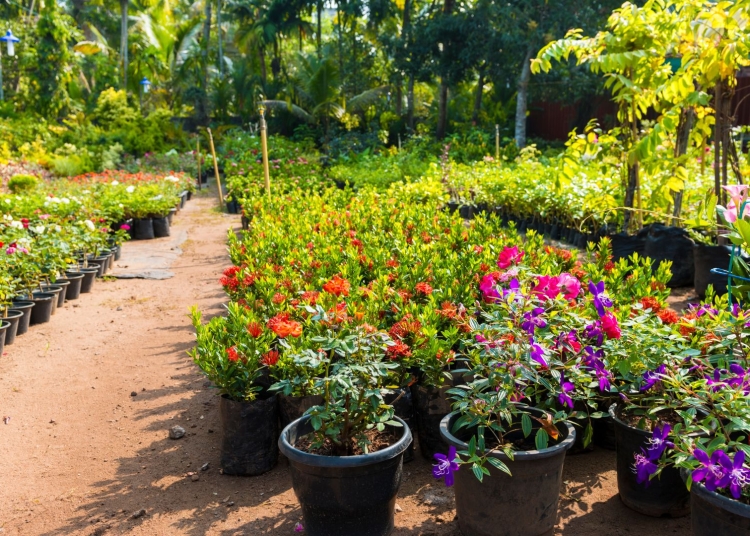As a result, nursery is a fundamental requirement for horticulture. The main focus of horticulture nurseries is plant propagation methods and procedures. Horticultural plantations use seeds and vegetative parts to grow their planting materials. Here, the mother plants play a very crucial and significant role. Many garden nurseries in Melbourne emphasize on soil development, biodynamic, and permaculture for these nurseries. If you are going for horticulture development, then for the sake of your family and the environment, avoid using chemicals on your plants and garden.
Here is how nurseries play a role in horticulture development:
1. Creation of Nursery Stock That Is Genetically Pure
To develop plants healthily and vigorously, planting material that is genetically pure is necessary. Genetic scion and stock should be identical. The quantity, quality, and accessibility of the planting material should all be suitable for subsequent reproduction.
2. Nursery stock exports
The likelihood of exporting high-quality planting material to other nations has increased as a result of globalization. The nursery material must be exported with particular care and special methods. Similar to this, extra caution must be taken when importing nursery supplies.
3. The Production of Jobs
For tasks like grafting, budding, potting, repotting, and other nursery operations, there is a great need for competent personnel. Technical, skilled, semi-skilled, and unskilled workers are all in demand in the nursery industry. In the rapidly changing national environment, a nursery can be a very lucrative business in and of itself.
4. A nursery’s function in dry land horticulture
There are several nations in the globe that have droughts every other year, much like India. Fruit crops that can withstand drought offer farmers a reliable source of income. Horticultural plantations are crucial to afforestation and aid in lowering global warming as a result.

Several nurseries for plant propagation
Plants are propagated and grown to useable size in nurseries. Numerous factors can be used to classify the various nursery kinds. They consist of, Sale: nurseries that sell retail to the general public. Private nurseries that meet the requirements of institutions or private estates, as well as wholesale nurseries that solely sell to enterprises like other nurseries and commercial gardeners. Some wholesale and retail nurseries provide mail-order sales.
Modern greenhouses provide semi-automatic watering and feeding in addition to automated management of temperature, ventilation, and light. Some also include fold-back roofs that enable plants to be “hardened-off” without having to be manually moved to outdoor beds. Most nurseries continue to require a lot of labour.
Others have not been automated or mechanized, despite some of them being. Plant care and horticulture nursery management still involve attention, discretion, and manual dexterity because it is still quite unlikely that all plants handled in the same way at the same time will arrive at the same condition simultaneously. Comparison and judgment are also necessary for selection for sale. Manpower is thought to be responsible for 70% of a horticulture nursery’s production costs.
Conclusion
In order to shelter young plants from bad weather while giving access to light and ventilation, nurseries frequently grow plants in greenhouses, a building made of glass or in plastic tunnels.























